Search results for 'de 1'
-
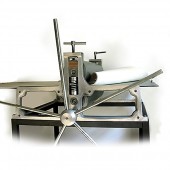
Cornelissen T73140 Professional Press
£3,800.00Cornelissen Press T73140, Bed size: 73 x 140 cm, Upper Roller Diameter: 157 mm, Lower Roller Diameter: 157mm, Etching press base: 78.5 x 91 cm. Weight: 148 kg. We offer press demonstrations for this model. Please call Cornelissen for more details. This press is made to order. Delivery to your address usually takes up to 4 weeks to UK & EU countries and 6 weeks to USA after the order is placed. Please be aware these goods are heavy and it is the customer’s responsibility to check measurements for delivery before orders are placed and to be able to receive the goods over two days.
Learn More -
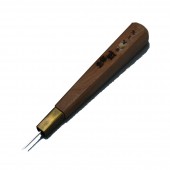
Aisuki 1mm (Chisel Shape)
£28.00The Aisuki is a clearing tool used for clearing waste from the hangito tool. It is a small fan bevelled chisel and is designed to be used low to the wood. The handle of the tool is designed to swing open when ferrule is slipped off so that the blade may be removed for sharpening. Learn More -
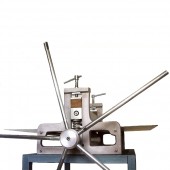
Cornelissen T52100B Professional Press
£2,150.00Cornelissen Etching Press T52100B 52 x 100 cm, Bed size: 52 x 100 cm, Upper Roller Diameter: 110 mm, Lower Roller Diameter: 110mm, Weight: 83 kg. Etching press base: 56 x 44 cm. Please call Cornelissen for more details. Delivery to your address usually takes up to 4 weeks to UK & EU countries and 6 weeks to USA after the order is placed. Please be aware these goods are heavy and it is the customer’s responsibility to check measurements for delivery before orders are placed and to be able to receive the goods over two days.
Learn More -
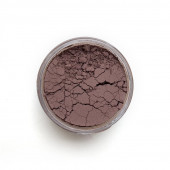
Caput Mortuum Pigment
Starting at: £4.50
Caput Mortuum is a transparent, lightfast pigment that is stable in all media. Colours described as Caput Mortuum can vary greatly; our pigment is a soft purple-brown, made from a mixture of natural iron oxides. It is believed that Caput Mortuum has its roots in ancient Egypt, when colour was derived from remains that had been embalmed in asphaltum.
Toxicity B
Learn More -
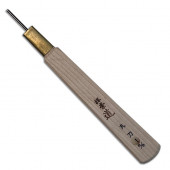
Komasuki 1mm (U Shape)
£31.00The Komasuki is similar to western style “U” gouge tool and comes in a variety of useful sizes. The handle of the tool is designed to swing open when ferrule is slipped off so that the blade may be removed for sharpening. Learn More -
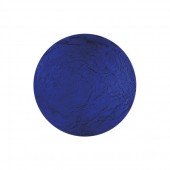
Blue Verditer Pigment
Starting at: £7.50
** While stocks last ** Blue Verditer, sometimes referred to as Bremen Blue, is a synthetic form of Azurite, or copper-calcium carbonate. It has a weak tinting strength and is sligtly transparent. It works best in water-based binders, as the acidity of linseed oil can cause discolouration.
Learn More
Larger sizes available on request -
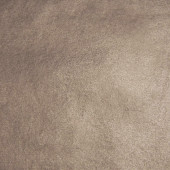
Cornelissen 80 Baroque Gold Leaf 19 ct
Starting at: £59.00
Baroque Gold Leaf 19 ct, 80 x 80 mm. Book of 25 leaves. Coverage per book is 0.16 m2 (1.69 sq. feet) Learn More -
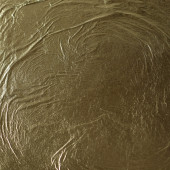
Japanese Gold 18,12ct
Starting at: £49.00
Highest quality 18,12ct gold leaf from Japan. Leaves measure 109×109mm and are approximately 0.1μ~0.2μ in thickness. These Tachikiri (contemporary) leaves are beaten in between glassine paper which leaves a much softer impression on the surface of each leaf, resulting in a slightly shinier finish than the more traditional Enzuke gold leaf. Each pack contains 10 leaves. Learn More -
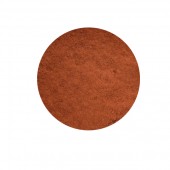
Burnt Green Earth Pigment
Starting at: £8.00
PG23 Burnt Green Earth is a semi-transparent pigment that is stable in all media, although it may be difficult to incorporate into an acrylic binder. A calcined form of Green Earth, it has a low tinting strength, long drying time, and is very lightfast. Toxicity: B Limeproof Learn More -
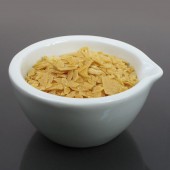
Carnauba Wax Yellow
Starting at: £6.50
Carnauba Wax is the hardest wax commonly used in the production of artists' materials, with a melting point of 83-86°c. It is derived from a tree native to South America, and is available in a natural colour (grey), or a refined colour (pale yellow). Small amounts of carnauba wax are commonly used in both oil painting mediums and encaustic painting, usually in conjunction with beeswax to add toughness, durability and sheen to the paint film. It creates an inflexible surface, so works best on rigid supports such as gesso panels, and it should be noted that it will raise the melting point of encaustic mixtures. It can produce a glossy finish; as such it is used in waxes and polishes for shoes, cars, musical instruments, furniture, and wooden floors, especially when mixed with beeswax and turpentine. Learn More -
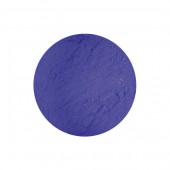
Smalt Dark Pigment
Starting at: £5.30
PB32
Smalt is a kind of cobalt blue glass or frit, and its use as a pigment dates from the 1600s in the glass-making regions of Saxony. We offer two shades, light and dark, which are determined by the particle size of the pigment; the more finely ground the powder, the paler the colour. Before the introduction of Ultramarine Blue, Smalt was available in a wide variety of grades. It is a very transparent pigment, which is easily overwhelmed in mixtures due to its weak tinting strength. It works best in water based media. When ground in oil, it can become almost invisible in dried oil-paint films because its refractive index is so close to that of linseed oil.
Larger quantities are available by request.
Learn More -
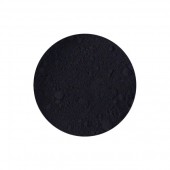
Spinel Black Pigment
Starting at: £8.00
Spinel Black, sometimes known as Manganese Ferrite Black, is a synthetic mixed-metal oxide pigment. It provides a deep, cool, transparent black, which dries quickly in oil.
Toxicity: C
Learn More -
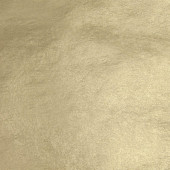
Cornelissen 80 Light Green Gold Leaf 16 ct
Starting at: £46.50
Light Green Gold Leaf 16 ct, 80 x 80 mm. Book of 25 leaves. Coverage per book is 0.16 m2 (1.69 sq. feet) Learn More -
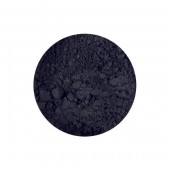
Ivory Black Genuine Pigment
Starting at: £38.00
PBk9
Genuine Ivory Black is produced by burning reclaimed ivory, such as piano keys. These are antique, mainly Victorian pieces, using ivory with started out as hippo or walrus teeth, and offers a higher carbon content and greater tinting strength than modern-day equivalents, which are usually derived from animal bones. It is a particularly slow-drying pigment.
Larger quantities are available by request. While stocks last.
Learn More -
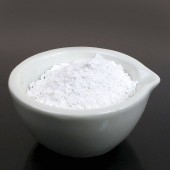
Gesso di Bologna
Starting at: £12.00
Gesso di Bologna is a bright white Calcium Sulphate, or gypsum, from Italy, which can be used as a substitute for whiting in the preparation of gesso. It is ground to a particularly fine powder, which makes it a suitable ground for gilding, as the small size of the particles allows for greater compression when burnishing. Learn More -
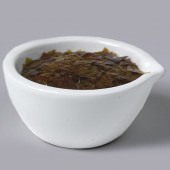
Orange Shellac
Starting at: £8.00
Shellac is a natural resin that is deposited by the female lac insect on the branches of trees in India and Thailand. It is soluble with alcohol, but not with mineral spirits or turpentine. It forms a tough yet flexible film, with many applications. It is suitable as a top coat for gilding when applied thinly, a sealant for porous surfaces, an isolating layer for tempera paintings, a base for pigmented inks, a protective layer for collograph plates, and a warm varnish for wooden floors and furniture. As it is prone to darkening with age, it is not recommended as a varnish for oils, and its solubility can reduce over time. There are various grades of shellac. When mixed with alcohol, it may initially form a cloudy mixture, due to traces of wax in the shellac, but this should become clear once it has dried. The highest grades of shellac are Clear Dewaxed Shellac, which has been de-coloured using the carbon filtering method, Lemon Shellac, and Orange Shellac, which are pale in colour. Button Shellac is less refined and therefore produces a reddish varnish. It was, in fact, widely used as a red dye before synthetic dyes became available. Learn More -
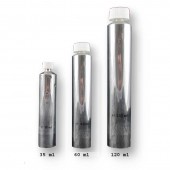
-
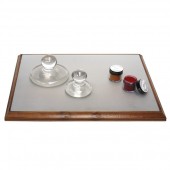
Mixing Slab
Starting at: £24.00
A glass slab with wooden cradle for the grinding of pigments.
The friction created between the sand-blasted surfaces of the glass slab and muller facilitates the thorough mixing of pigment and medium, creating a consistent and strong paint body. This slab can be used to manufacture many types of paint including watercolours, egg tempera and oils.
Mulling is of particular importance when making oil paint; simply mixing pigment and oil together using a palette knife will result in an unstable substance with poor plasticity, which contains a large amount of excess oil and unevenly distributed pigment particles. Thorough mulling in a figure-of-eight motion will enable the pigment to be fully combined into the binder, strengthening the resultant paint film.
PLEASE NOTE: The separate glass slabs are in stock but it is a call to order item due to the fact that we cannot guarantee its safe delivery, however well we package it. Please ring us to discuss your delivery options. In combination with the glass frame, delivery is more secure but we still cannot guarantee a delivery without breakage.
Learn More -
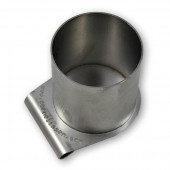
Cornelissen Dippers
Starting at: £15.00
Cornelissen Dipper, 19th-century styling, beautifully engineered in stainless steel with no seam showing on the outside. Learn More -
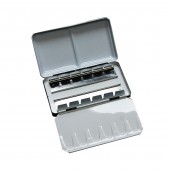
Empty Watercolour box for 12 half pans
£10.00This unbranded watercolour tin box is the same as the light weight metal boxes used by most of the major European colour-makers. The back of the box includes thumb ring. Dimensions: 12.6 x 7 x 1.8cm Learn More -
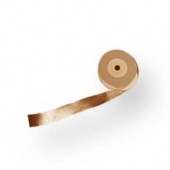
-
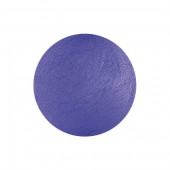
Egyptian Blue Pigment
Starting at: £5.90
Egyptian Blue is stable in all media, highly transparent, with a weak tinting strength. A synthetically produced calcium copper silicate, it is considered to be the earliest artificial pigment, dating from antiquity and widely used in ancient Egypt. Larger sizes available on request Learn More -
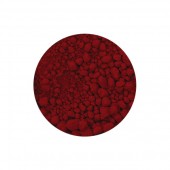
Carmine Red Genuine Pigment
Starting at: £10.00
NR4
Carmine has been used as a dye and pigment since antiquity. Originally derived from the kermes insect, it was replaced by cochineal following the discovery of the Americas. It has a good tinting strength and is very transparent, although it is fugitive to light.
Larger quantities are available by request.
Learn More -
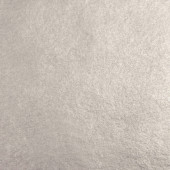
Cornelissen 80 White Gold Leaf 12 ct
Starting at: £43.30
White Gold Leaf 12 ct, 80 x 80 mm. Book of 25 leaves. Coverage per book is 0.16 m2 (1.69 sq. feet) Learn More -
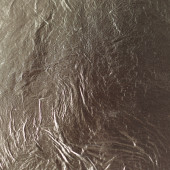
Japanese Gold 14,3ct
Starting at: £48.00
Highest quality 14,3ct gold leaf from Japan. Leaves measure 109×109mm and are approximately 0.1μ~0.2μ in thickness. These Tachikiri (contemporary) leaves are beaten in between glassine paper which leaves a much softer impression on the surface of each leaf, resulting in a slightly shinier finish than the more traditional Enzuke gold leaf. Each pack contains 10 leaves. Learn More -
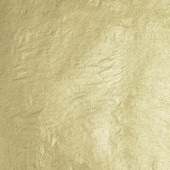
Cornelissen 80 Green Gold Leaf 18 ct
Starting at: £52.30
Green Gold Leaf 18 ct, 80 x 80 mm. Book of 25 leaves. Coverage per book is 0.16 m2 (1.69 sq. feet) Learn More -
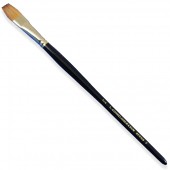
Cornelissen Series 2 Kolinsky Sable
Starting at: £35.80
Made from the highest quality Siberian Kolinsky sable. Golden ferrule with short black polished hexagonal handle. Flat. Learn More -
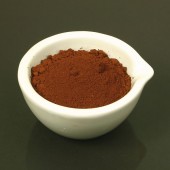
-
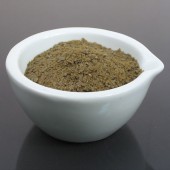
Carnauba Wax Grey
Starting at: £8.40
Carnauba Wax is the hardest wax commonly used in the production of artists' materials, with a melting point of 83-86°c. It is derived from a tree native to South America, and is available in a natural colour (grey), or a refined colour (pale yellow). Small amounts of carnauba wax are commonly used in both oil painting mediums and encaustic painting, usually in conjunction with beeswax to add toughness, durability and sheen to the paint film. It creates an inflexible surface, so works best on rigid supports such as gesso panels, and it should be noted that it will raise the melting point of encaustic mixtures. It can produce a glossy finish; as such it is used in waxes and polishes for shoes, cars, musical instruments, furniture, and wooden floors, especially when mixed with beeswax and turpentine. Learn More -
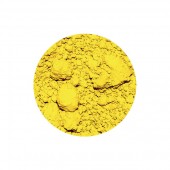
Cobalt Yellow Pigment
Starting at: £8.80
Cobalt Yellow Pigment, Aureolin (PY40). Synthetic Inorganic pigment (Potassium Cobaltinitrate). Transparent. Good tinting strength. Very good Lightfastness. Medium to high oil absorption. Suitable for all media except Lime-fresco. Used since mid 19th Century. Toxicity C.
Please note, unfortunately we are not able to send this product outside the UK.
Learn More





